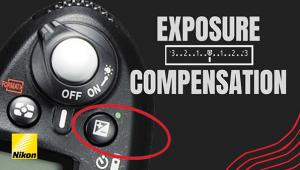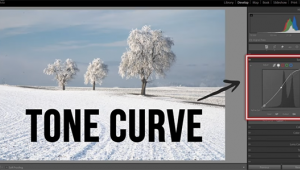Sigma 28-200mm f/3.5-5.6 DL Aspherical Macro & 17-35mm f/2.8-f/4 EX
The single most prolific
lens manufacturer these days, Sigma announced a full 10 new lenses this
spring, ranging from an 8mm circular fisheye to the new APO 800mm f/5.6EX
HSM. This group included the two zooms tested here, both in the affordable
category. I had the opportunity of working with this duo while shooting
a broad variety of subject matter: flowers at a botanical garden, Canadian
Mounties at a musical ride, US Army band performances in DC, a War of
1812 re-enactment, and various other summer events. These two zooms
incorporate the focal lengths I use for 90 percent of my travel and
people photography, so I rarely missed longer lenses. |
|||||
Like most of its competitors,
the Sigma's barrel length increases at longer focal lengths, to
5.4" at 200mm, in this case. Does the lens now become rather "front
heavy?" Not at all, since the internal barrel that protrudes is
light in weight. Thanks to the internal focus mechanism, the barrel length
does not change during focusing. As well, it does not rotate, so the effect
produced by a polarizer remains constant, avoiding frustration; this is
a real advantage over many zoom lenses. There is a full series of legible distance markings in feet and meters. A rotation of only 30° is adequate to move from infinity to the minimum focus distance. That's a mere 19.7" throughout the entire zoom range so there is no need for a close-up accessory as with some other all-purpose zoom lenses. A few years ago, zooms of this type rarely focused closer than about 6', so the improvement is substantial and valuable for many types of photography. |
|||||
Performance Evaluation.
While shooting with the multi-purpose zoom--and after examining
my slides under an 8x loupe--I made the following notes: |
|||||
Wide Angle Zoom.
The gold stripe on the barrel plus the EX designation suggested that the
17-35mm is a high performance lens, and this assumption proved to be correct.
The Sigma designers specified two aspherical elements for this zoom, in
order to produce high image quality at all focal lengths, especially at
wide apertures. Such elements offer several benefits: they correct distortion
and spherical aberration, for more consistent edge to edge sharpness,
reduce comatic flare and linear distortion, and minimize size/weight as
fewer elements are required. |
|||||
Conclusion.
For a highly versatile lens with superior close focusing ability, the
Sigma 28-200mm f/3.5-5.6 DL Aspherical Macro zoom offers good value for
the (modest) price. It was an ideal travel companion that soon became
my family's favorite lens. For vacations, camping, hiking, backpacking,
and cycling, this multi-purpose zoom would be a highly logical choice.
Add a compact camera with a built-in flash and some top-rated ISO 400
print films, all stashed in a hip pack, and you'll get great pictures
with the convenience associated with lens/shutter point-and-shoot cameras. |
|||||
- Log in or register to post comments







































